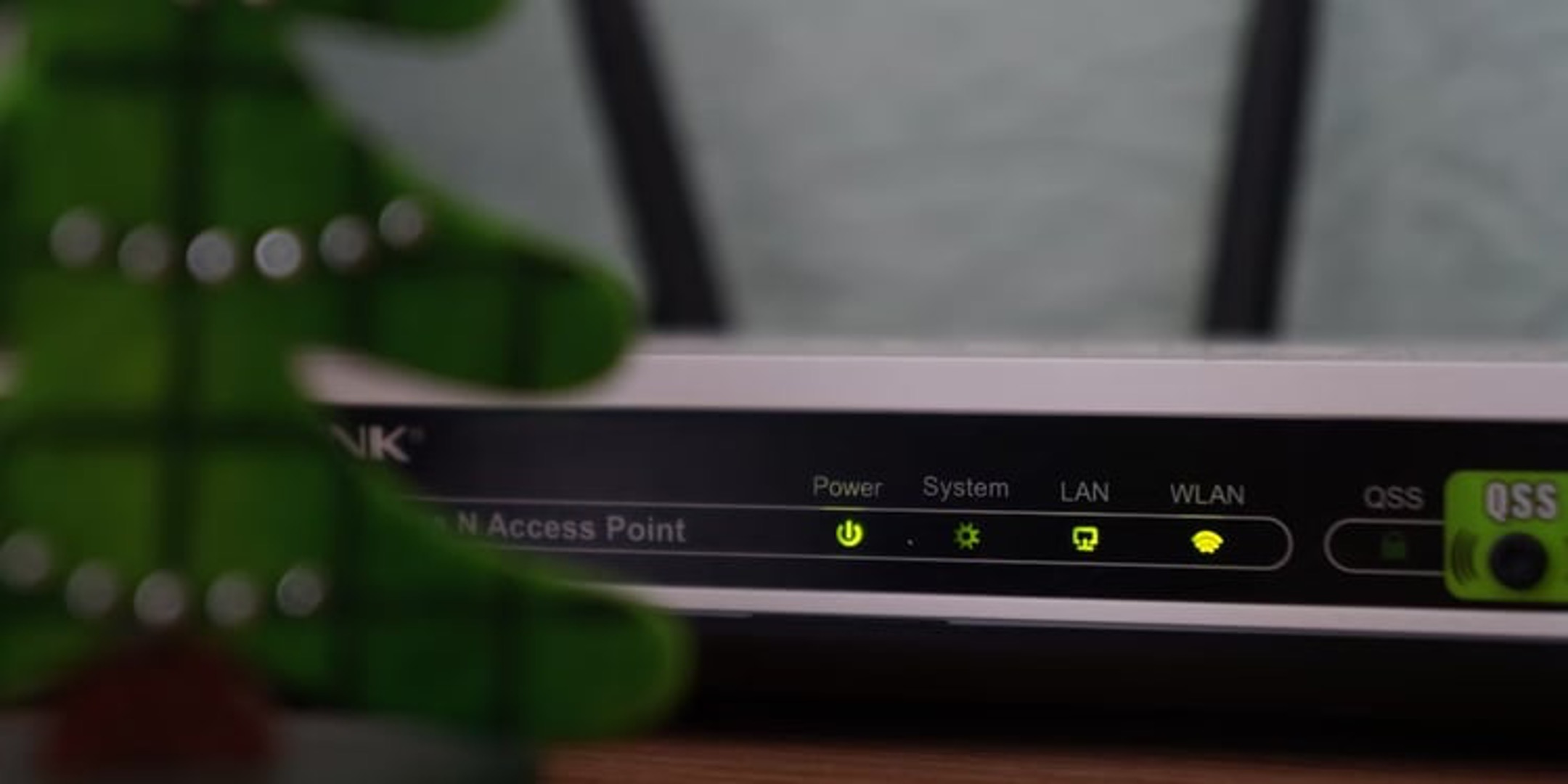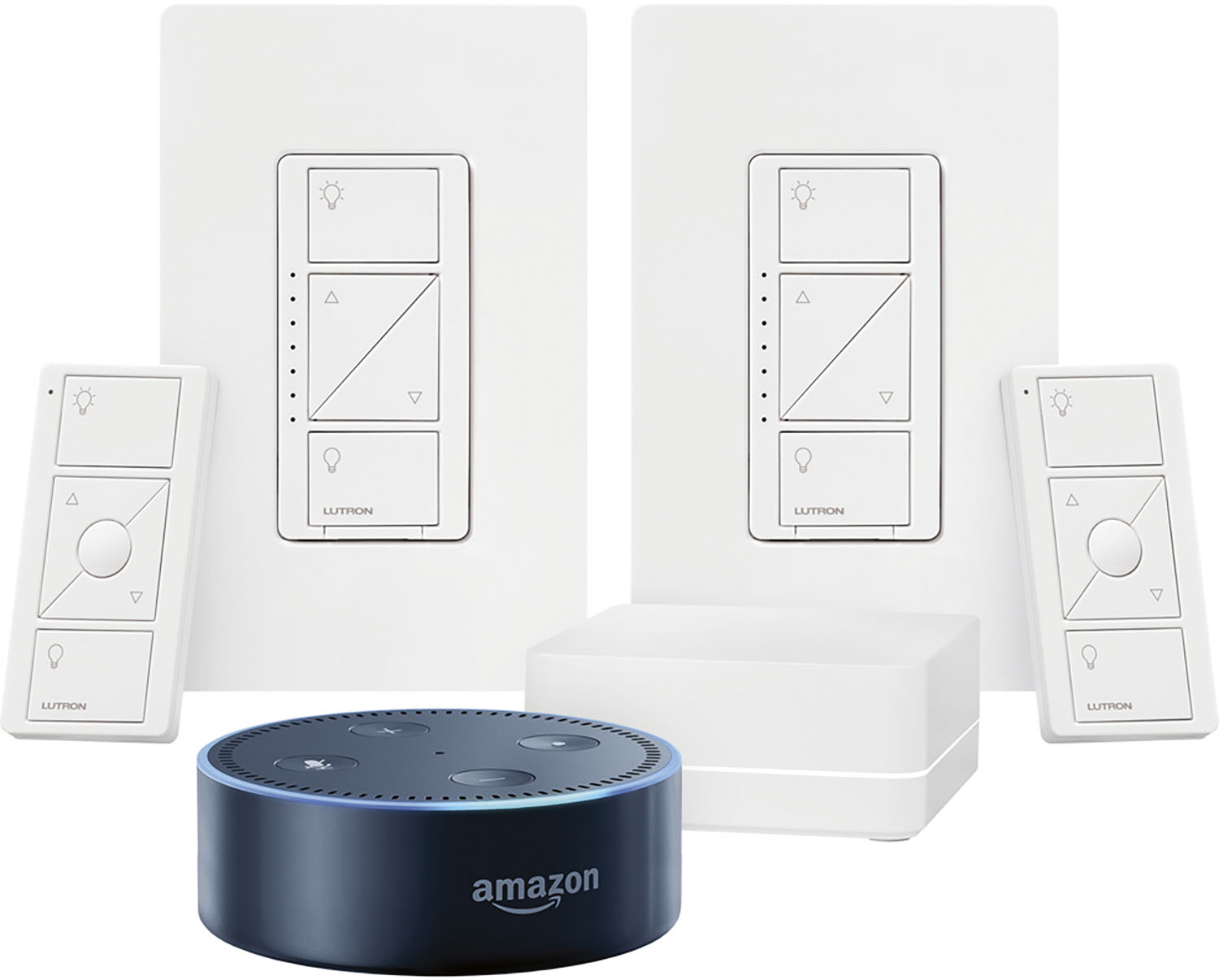Introduction
Understanding the lights on a network switch is akin to deciphering a secret code that reveals the inner workings of your network infrastructure. These seemingly innocuous blinking lights are in fact vital indicators that convey a wealth of information about the status and performance of the network switch. Whether you're a seasoned IT professional or a curious enthusiast delving into the realm of networking, decoding these lights can provide valuable insights and assist in troubleshooting potential issues.
As you gaze upon the array of lights adorning the face of a network switch, each flicker and hue holds significance, offering a glimpse into the operational heartbeat of the device. From power indicators to port activity lights, each element plays a crucial role in conveying the health and functionality of the switch. By comprehending the nuances of these lights, you can gain a deeper understanding of network behavior, diagnose connectivity problems, and optimize performance.
In this comprehensive guide, we'll embark on a journey to demystify the meaning behind the lights on a network switch. We'll delve into the significance of the power light, decipher the pulsating patterns of port lights, unravel the dance of activity indicators, and decode the speed and duplex lights. Furthermore, we'll explore how these lights can be utilized to troubleshoot common network issues, empowering you to navigate the intricate web of networking with confidence and expertise.
Join us as we illuminate the path to understanding the lights on a network switch, unraveling the cryptic language of blinking LEDs to unveil the inner workings of your network infrastructure. Let's embark on this enlightening expedition, where the flicker of a light holds the key to unlocking the mysteries of networking.
Power Light
The power light on a network switch serves as a beacon, signaling the device’s operational status. When illuminated, it indicates that the switch is receiving power and is operational. A steady, uninterrupted glow of the power light signifies that the switch is powered on and functioning as intended. In some cases, the power light may also blink to indicate activity, such as during boot-up sequences or when the device is processing data.
Conversely, a dim or flickering power light may indicate power supply issues, such as fluctuations in the electrical input or potential hardware malfunctions. This can serve as an early warning sign of impending power-related issues that may impact the switch’s performance and stability. Monitoring the power light can help in identifying potential power supply irregularities and taking proactive measures to ensure uninterrupted operation.
Additionally, the absence of illumination in the power light signifies that the switch is either powered off or experiencing a power supply failure. This can occur due to power outages, unplugged power cables, or internal hardware faults. Understanding the power light’s behavior enables swift identification of power-related issues, allowing for timely interventions to restore normal operation and prevent network downtime.
By comprehending the nuances of the power light, network administrators can proactively monitor the switch’s power status, swiftly address power-related anomalies, and ensure the continuous and reliable operation of the network infrastructure. The power light serves as the initial point of contact, offering valuable insights into the switch’s vitality and laying the foundation for a robust and resilient network environment.
Port Lights
Port lights on a network switch provide essential visual cues regarding the connectivity and activity of individual ports. Each port on the switch is adorned with its own set of lights, typically consisting of a link/act light and a speed/duplex light. These indicators offer valuable insights into the status of network connections, facilitating quick assessments of link integrity, data transmission, and port speed.
The link/act light, also known as the port activity light, serves as a dynamic visual indicator, reflecting the state of the network link and the activity occurring on the port. When a device is connected to the port and actively transmitting or receiving data, the link/act light pulsates or remains solid, signifying the presence of an active network connection. In the absence of activity, the light may be dim or completely extinguished, indicating a dormant or disconnected state.
Furthermore, the speed/duplex light on each port provides insights into the negotiated speed and duplex mode of the network connection. This light illuminates at different speeds and colors to indicate the negotiated data rate (such as 10/100/1000 Mbps) and the duplex mode (half or full duplex) of the connection. By interpreting the speed/duplex light’s behavior, network administrators can discern the operational parameters of the network link, ensuring that it aligns with the desired configuration and performance expectations.
Observing the port lights allows for rapid assessment of network connectivity, enabling administrators to identify active ports, detect link failures, and ascertain the negotiated speed and duplex settings. This real-time visibility into port activity empowers network personnel to troubleshoot connectivity issues, optimize network performance, and maintain a robust and responsive networking environment.
Activity Light
The activity light on a network switch serves as a dynamic visual indicator, offering real-time insights into the data transmission and reception occurring on the switch. This pulsating beacon of information provides a window into the network’s operational tempo, showcasing the ebb and flow of data as it traverses the switch’s internal pathways and external connections.
When the switch is actively processing and relaying data, the activity light flickers and dances, reflecting the rhythmic pulse of network traffic. This lively display signifies the switch’s engagement in data transmission, serving as a testament to the network’s vitality and responsiveness. Conversely, during periods of relative inactivity, the activity light may dim or remain static, indicating a lull in data movement and a momentary respite for the switch’s internal circuitry.
Furthermore, the activity light conveys valuable insights into potential network anomalies and irregularities. Sudden spikes or erratic patterns in the activity light’s behavior may signify excessive network utilization, potential broadcast storms, or irregular data patterns that warrant further investigation. By monitoring the activity light, network administrators can proactively identify and address network congestion, abnormal data patterns, and potential performance bottlenecks.
Moreover, the absence of activity in the light may indicate connectivity issues, port malfunctions, or network disruptions that impede the flow of data. This serves as an early warning signal, prompting administrators to investigate and rectify potential network connectivity issues to ensure uninterrupted data transmission and network functionality.
By interpreting the nuances of the activity light, network personnel can gain valuable insights into the network’s operational tempo, identify potential irregularities, and proactively address performance-related concerns. This dynamic visual indicator serves as a gateway to the network’s pulse, offering a glimpse into the rhythm of data as it courses through the switch’s intricate pathways, empowering administrators to maintain a responsive and resilient networking environment.
Speed and Duplex Lights
The speed and duplex lights on a network switch provide crucial insights into the negotiated speed and duplex mode of the network connections, offering a glimpse into the operational parameters of the data transmission. These illuminating indicators serve as a visual testament to the capabilities and configurations of the network interfaces, ensuring optimal data transfer rates and seamless communication within the network infrastructure.
Each port on the switch is adorned with speed and duplex lights, which illuminate at varying speeds and colors to convey the negotiated data rate and duplex mode of the network connection. The speed light typically signifies the data rate at which the port is operating, with different colors or blinking patterns denoting distinct speed categories such as 10/100/1000 Mbps. This visual cue allows network administrators to swiftly discern the transmission speed of each port, ensuring that it aligns with the desired performance standards and network requirements.
Additionally, the duplex light indicates the duplex mode of the network connection, distinguishing between half-duplex and full-duplex operation. The light’s behavior, whether steady or blinking, provides a clear indication of the negotiated duplex mode, ensuring that the network interfaces operate in the optimal duplex configuration for efficient and reliable data transmission.
Interpreting the speed and duplex lights empowers network personnel to validate the operational parameters of network connections, swiftly identify speed and duplex mismatches, and optimize the network’s performance. By ensuring that the negotiated speed and duplex settings align with the network’s requirements, administrators can mitigate performance bottlenecks, enhance data transfer efficiency, and maintain seamless communication across the network infrastructure.
Furthermore, the speed and duplex lights play a pivotal role in troubleshooting network connectivity issues, allowing administrators to diagnose speed and duplex mismatches, identify suboptimal configurations, and rectify potential performance-related concerns. This real-time visibility into the negotiated speed and duplex settings enables proactive management of network interfaces, ensuring that they operate at their optimal capacity and contribute to a responsive and resilient networking environment.
Troubleshooting with Lights
The lights on a network switch serve as invaluable tools for troubleshooting common connectivity issues and diagnosing network anomalies. By interpreting the behavior of these illuminating indicators, network administrators can swiftly identify potential problems, address connectivity issues, and optimize the performance of the network infrastructure.
One of the primary troubleshooting applications of switch lights involves diagnosing connectivity issues. When a network port exhibits an absence of activity in the link/act light, it may indicate a disconnected or malfunctioning network connection. By visually inspecting the port lights, administrators can identify inactive or faulty connections, enabling them to swiftly rectify the issue and restore seamless network connectivity.
Furthermore, the activity light serves as a valuable troubleshooting tool for identifying network congestion, irregular data patterns, or potential performance bottlenecks. Sudden spikes or erratic behavior in the activity light may signify excessive network utilization, enabling administrators to take proactive measures to alleviate congestion, optimize data flow, and ensure consistent network performance.
Additionally, the speed and duplex lights play a pivotal role in troubleshooting network connectivity issues. Mismatches in speed or duplex settings can lead to suboptimal performance and communication errors. By observing the behavior of these lights, network personnel can identify speed and duplex mismatches, ensuring that network interfaces operate at their optimal settings for efficient data transmission and seamless communication.
Moreover, the power light serves as an early warning indicator for potential power-related issues. Fluctuations or flickering in the power light may signify power supply irregularities or hardware malfunctions, prompting administrators to investigate and address potential power-related concerns to ensure uninterrupted operation of the network switch.
By leveraging the insights provided by the lights on a network switch, administrators can proactively troubleshoot connectivity issues, optimize network performance, and maintain a robust and responsive networking environment. These illuminating indicators serve as beacons of information, empowering administrators to swiftly diagnose and address potential network anomalies, ensuring the seamless operation of the network infrastructure.
Conclusion
The lights on a network switch are far more than mere decorative elements; they are the visual storytellers of a network’s inner workings, offering valuable insights into connectivity, activity, and performance. From the steadfast glow of the power light to the dynamic dance of the activity indicator, each light plays a pivotal role in illuminating the status and vitality of the network infrastructure.
By comprehending the significance of these lights, network administrators can gain a deeper understanding of network behavior, swiftly diagnose connectivity issues, and optimize performance. The power light serves as the initial beacon, signaling the switch’s operational status and offering early warnings of potential power-related concerns, while the port lights provide real-time visibility into connectivity, activity, and negotiated speed and duplex settings.
Furthermore, the activity light serves as a dynamic indicator of network traffic, offering insights into data transmission and potential irregularities, while the speed and duplex lights empower administrators to validate and optimize the operational parameters of network connections.
These illuminating indicators not only facilitate troubleshooting and performance optimization but also serve as guardians of network integrity, offering real-time visibility into the network’s pulse and vitality. By interpreting the language of these lights, administrators can navigate the intricate web of networking with confidence, swiftly addressing potential issues and maintaining a responsive and resilient networking environment.
As we conclude this enlightening expedition into the world of network switch lights, it becomes evident that these seemingly mundane LEDs are, in fact, the custodians of network health and functionality. Their flickers, pulses, and hues convey a wealth of information, empowering administrators to maintain a robust and reliable network infrastructure. By embracing the insights provided by these lights, network personnel can illuminate the path to seamless connectivity, optimized performance, and a resilient networking environment.

























